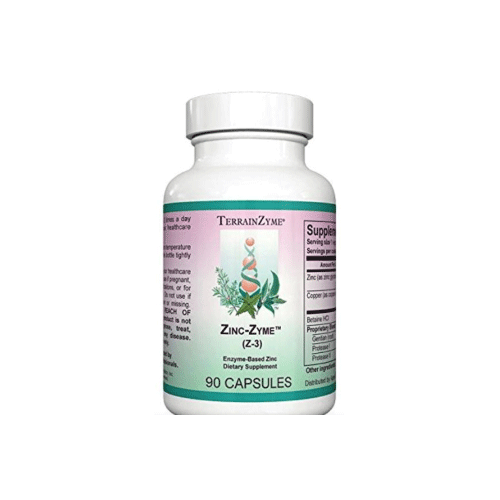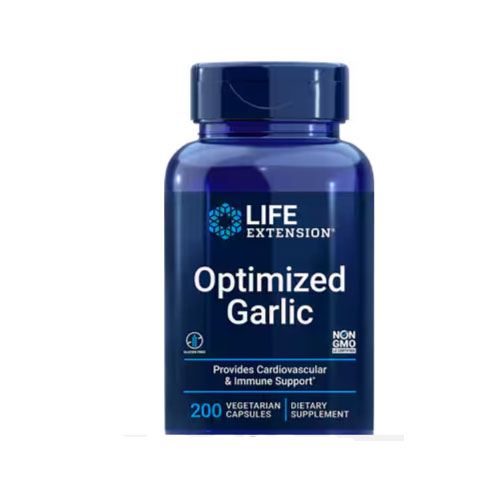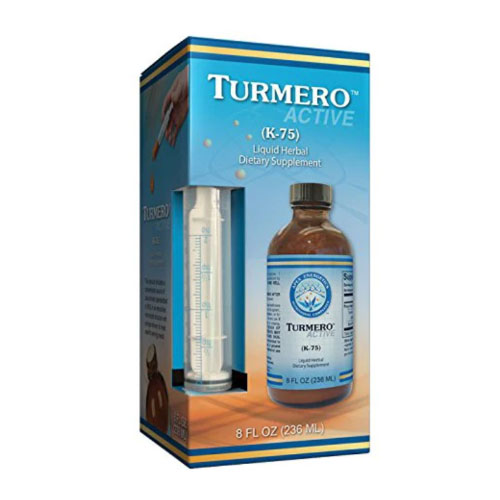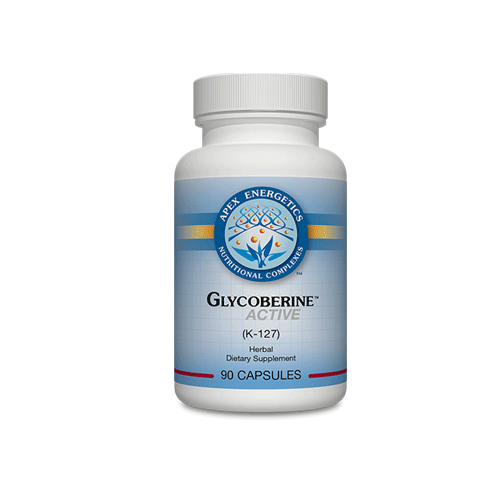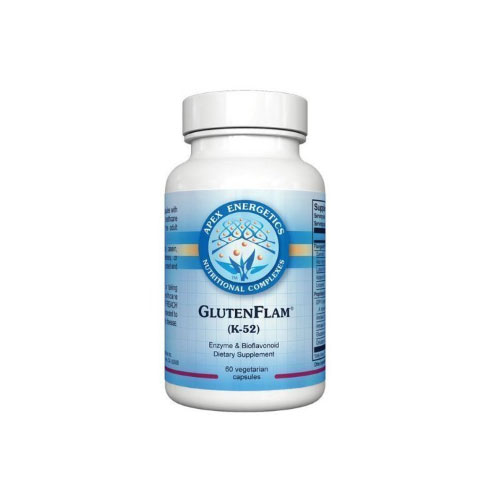Amino acids are groups of organic molecules composed of an amino group (—NH2), an acidic carboxyl group (—COOH), and an organic side chain (R group). 1
A generalized chemical structure for an amino acid is: 2
Distinguished by its “R” side chain, nature recognizes 20 distinct amino acids divided into three categories.
Essential Amino Acids are exogenous to the body and must be taken in the form of food or other external means. These nine amino acids — histidine, isoleucine, leucine, lysine, methionine, phenylalanine, threonine, tryptophan, and valine must be ingested via foodstuffs or some other means (intravenous, transdermal or liquid).
Non-essential amino acids including alanine, arginine, asparagine, aspartic acid, cysteine, glutamic acid, glutamine, glycine, proline, serine, and tyrosine are generated by the body.
Conditional amino acids consist of arginine, cysteine, glutamine, tyrosine, glycine, ornithine, proline, and serine are non-essential except in time of stress.
Proteins, two or more amino acids linked by a peptide bond in a chain 3, enable the body to grow, repair damaged tissue, give cells, and hence the body, shape, and are useful as a source of energy. Typical protein chains are longer than 50 amino acid combinations. Proteins respond to extracellular environmental input.
Peptides, structurally like proteins, are shorter, containing less than 50 amino acid chains. Peptides are less well-defined in structure and are easily modified with added-on structures. “Oligopeptides,” substances with less than 20, or “polypeptides,” consisting of 21-50 amino acids further classify peptide categories. The sequence, shape, and type of amino acids involved determine a peptide’s function. Proteins are primarily large peptides, formed from one or more polypeptides.
For example, as we mature, “a-g-e” being a four-letter word from where I hail, due to built-in senescence, collagen breaks down. The skin thins and wrinkles. The resultant damaged collagen produces peptides, messengers sent to signal the skin to produce more collagen. The regenerated tissues are incomplete, setting off a vicious cycle of breakdown and “disability” of the integumentary system.
Applying exogenous peptides, via a high-quality cream, causes the skin to “misremember” its repair sequence, accelerating the rate of new collagen restoration. This has been used for years, and is now available as an injectable.
2-50 amino acids, namely a peptide, may be combined into an infinite variety of compounds. To date, over 7000 sequences are known, with 500 showing some sort of therapeutic value. 60 are approved by the US Food and Drug Administration (FDA) as medications. 4
Peptides regulate almost every known process and system in the body in tissue and cell-specific manner. They are tissue-specific, while hormones affect the body as a whole. We consider peptides as “fine-tuning” mechanisms for hormones, the immune system, sleep, the regulation of inflammatory cytokines, cell renewal, cancer cell destruction, libido, sexual arousal, weight loss, lean muscle gain, wound healing, brain function, and the urinary and reproductive systems.
Therapeutically, we utilize peptides for immune enhancement, sleep, memory, depression, anxiety, improved cognition and in the aftermath of traumatic brain injury, as an antimicrobial, antiviral, antifungal, and antiparasitic agent, and for cellular rejuvenation and restoration, and pain relief.
OUR FAVORITE PEPTIDES
Immune modulating peptides
- Thymosin Alpha 1 (TA1) (increases TH1)
- Thymosin Beta 4 (TB4) (increases TH1/decreases TH2)
- BPC-157 (decreases TH2/healing hormone) (oral, SQ, nasal, eye drops) “Homeostasis Peptide.”
- Synergistic with pineal protein Epithalon
Sleep peptides
- Epithalon “Homeostasis Peptide”
- Delta sleep-inducing peptide (DSIP)
- CJC/Ipamorelin (GHRH/GHRP) (other combos)
- AOD
Brain peptides (memory, depression, anxiety, TBI, brain function, etc.)
- Semax
- Selank
- Synergistic with Epithalon, TB4, BPC-157, DSIP
Antimicrobial peptides
- LL-37 (effective against Lyme cysts, viruses, fungal, parasites) (synergistic with TA1)
Rejuvenation/Pain
- BPC-157, TB4, Epithalon, DSIP, GHRH/GHRP
An exciting world of a new medicine is developing. Exosomes, reviewed in May 2019 issue of “Healthy Beginnings” magazine, stem cells and peptides are cutting edge, non-surgical therapies changing, the landscape.
Our journey begins in the next month with a review BPC-157, a remarkable peptide that promotes healing and repair of tendon and ligament sprain and strain, muscle, nerve, bone fractures, tooth fracture, corneal anomalies, neuroregeneration, particularly from traumatic brain injuries and upregulates growth hormone receptors.
Dr. William Clearfield is the Executive Director of the American Osteopathic Society of Rheumatic Diseases and the Integrative Health Alliance. He is a popular physician and lecturer, always on the cutting edge of the latest medical trends. For more information, call us at the Clearfield Medical Clinic at (775) 359-1222 or visit DrClearfield.net.
REFERENCES:
- Reddy, Michael; https://www.britannica.com/science/amino-acid, Accessed 6/22/2019
- Cancer Research and Treatments | American Society of Clinical Oncology Retrieved from https://www.cancercare.org/publications/387-your_guide_to_the_latest_cancer_research_and_treatments_highlights_from_the_2018_annual_meeting_of_the_american_soci
- https://sites.google.com/site/ellesmerealevelchemistry/module-6-organic-chemistry-analysis/6-2-nitrogen-compounds-polymers-and-synthesis/6-2-2-a-reactions-of-amino-acids
- Kim, et al, A draft map of the human proteome. 2014, Nature, 505, 575-581.



